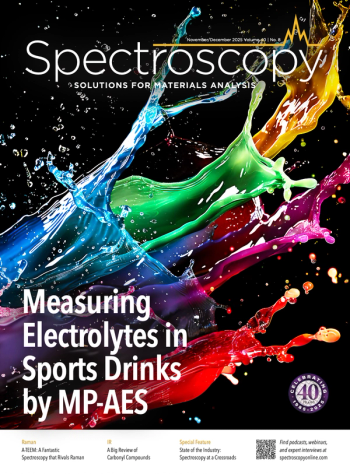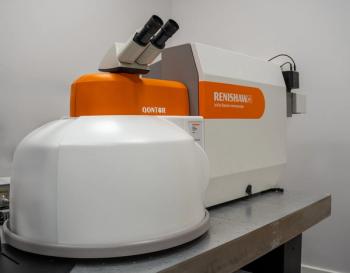
Previewing the Biomedical Raman Imaging 2023 Conference
Biomedical Raman imaging is growing in the biomedical space, where technical advances and new information processing tools and techniques aim to propel the field into the future. An upcoming conference in Atlanta, Georgia, will explore these developments while bringing scientists in this field together.
The Biomedical Raman Imaging 2023 conference (
This three-day conference brings together scientists from all research fields with a shared interest in the biomedical space. Recently, there has been a convergence of advances when it comes to developing and implementing Raman-based technologies, as well as information processing. This conference intends to shine a light on these new technologies, focusing on how these technological advancements has expanded into the biology, medicine, and materials science fields. By bringing together scientists that are all involved in using Raman imaging and spectral analysis in their work, the hope is that the conference serves as a forum for strengthening the network among scientists who are interested in pushing the boundaries of biomedical applications of Raman microscopy.
On Sunday the 25th at 3:00 pm, there will be a round of keynote lectures that will go until 5:00 pm EST. This will be followed by a reception, exhibition, and poster session.
On Monday the 26th, three oral sessions will take place throughout the day. The first session, which will feature talks from the keynote and invited speakers, will take place from 9:30 am EST to 10:35 am EST. The second session will last from 10:55–12:15 pm EST. The third oral session will take place from 3:00–4:20 pm EST. An evening mixer will round out the day, starting at 6:00 pm EST and going until 8:00 pm EST.
On Tuesday the 27th, five oral sessions will take place throughout the day. The first session (titled Session 4 on the program) will start at 9:30 am and go to 10:35 am EST. The second session (Session 5) will take place from 10:55 am to 12:15 pm EST. The third session (Session 6) will go from 1:30 pm to 2:50 pm. The fourth session (Session 7) takes place starting at 3:10 pm and going until 4:20 pm. The final session will start at 4:45 pm and lead directly into the Closing Remarks, which will conclude the conference at 6:00 pm EST.
For more information about this conference, and to see the list of invited speakers, please click the link below:
Newsletter
Get essential updates on the latest spectroscopy technologies, regulatory standards, and best practices—subscribe today to Spectroscopy.



